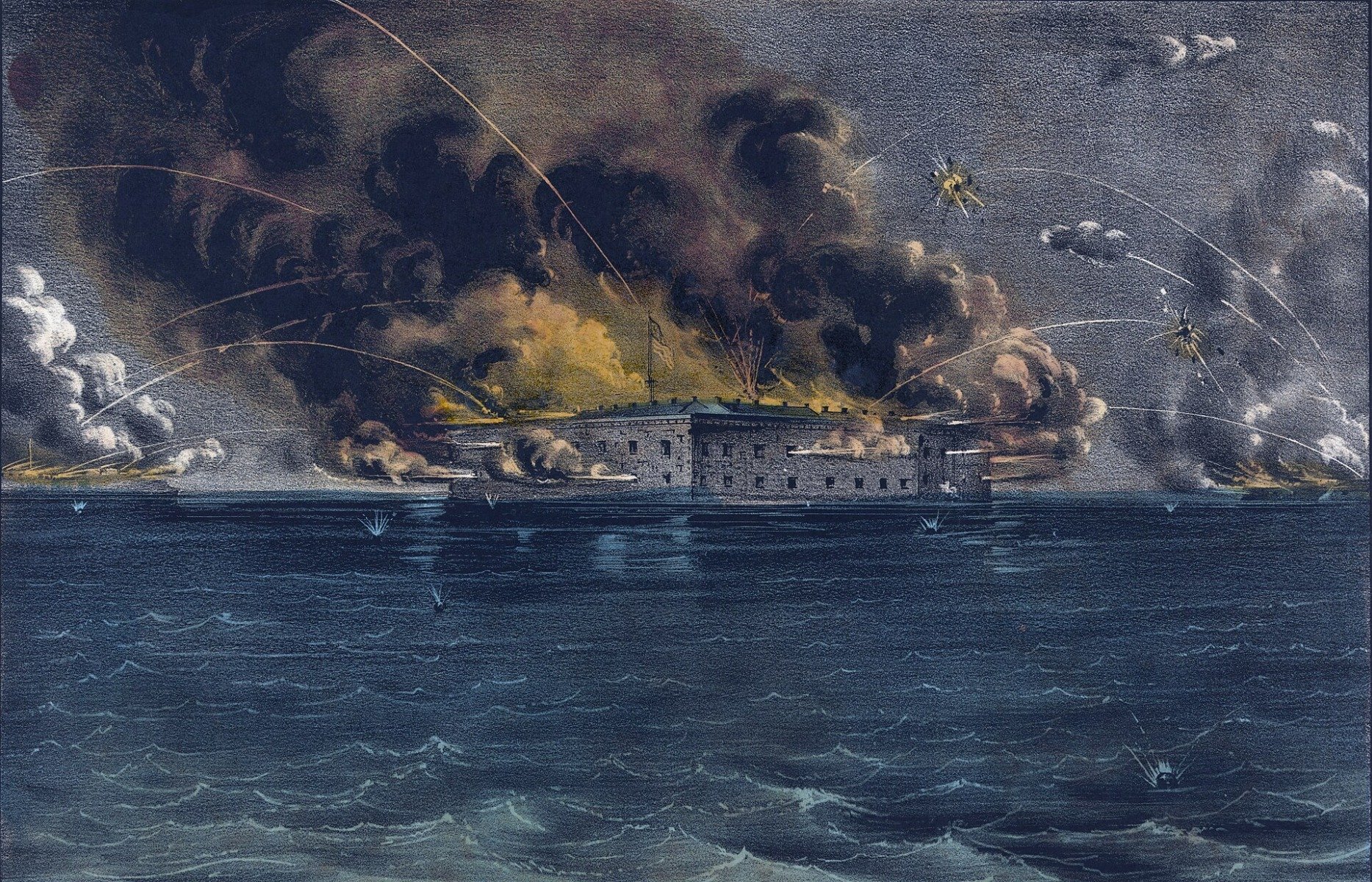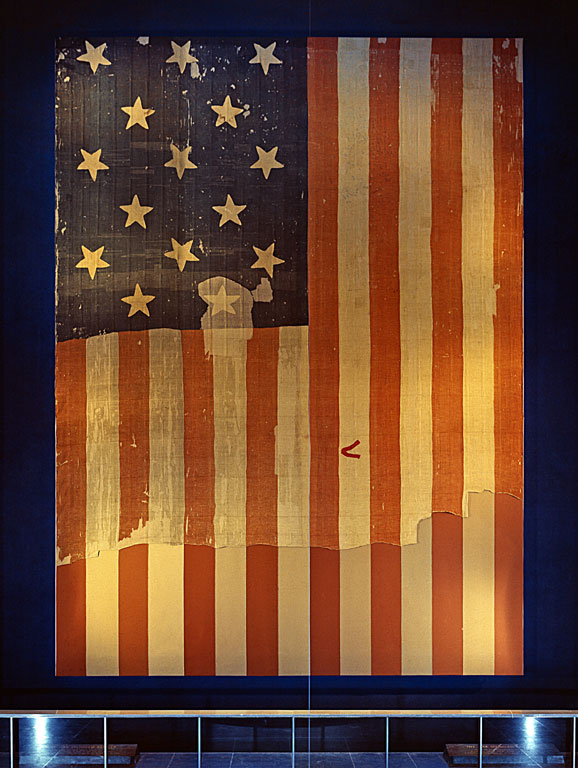Star-Spangled Banner
Yes the Star-Spangled Banner is the National Anthem of the United States— but it also has a story behind it that you wouldn't believe! And if you want the original lyrics of the poem or the full story behind the writing, then you came to the right place!
Read more to get:- the full story behind the writing
- original lyrics written out in full
- a look at what a brand new star spangled banner looks like today!
When Was the Star-Spangled Banner Written?

Some people think that the US had the national anthem right from the beginning. Afterall, it does create unity! But the founding fathers were more concerned with the documents around a better government than a song to unite everybody. The Star-Spangled Banner was actually written on September 14, 1814, several decades after the American Revolution began, during the Battle of Fort McHenry. The British had been destroying the fort for around 25 hours when the sight of the American flag still waving above the fort at dawn inspired Francis Scott Key, a young lawyer and amateur poet, to pen the lyrics that would eventually become the nation’s anthem.
As mentioned, Francis Scott Key is credited with writing the Star-Spangled Banner while aboard a British ship negotiating the release of an American prisoner when the attack on Fort McHenry began. Talk about wrong place at the wrong time. Little did he know, him being in that exact place would set him up to create one of the most important songs about liberty in American history.
As the rockets exploded and cannons roared throughout the night, Key watched anxiously from the harbor. By morning, the sight of the flag—tattered but unyielding—moved him to begin the poem that would become our national anthem today.
Original Star-Spangled Banner Lyrics
The original poem, titled “Defense of Fort McHenry”, was later set to the tune of a popular British melody, To Anacreon in Heaven. The lyrics have that raw emotion that you can still feel today at sporting events and ceremonies.
The History of the Star-Spangled Banner
The flag that inspired the anthem was crafted by Mary Pickersgill, a Baltimore seamstress. Measuring 30x42 feet, it was commissioned by Major George Armistead to fly over Fort McHenry during the war of 1812. Today, it is preserved at the Smithsonian National Museum of American History.
The anthem gained widespread popularity in the 19th century and was officially adopted as the National Anthem of the United States in 1931 by an act of Congress.
Star-Spangled Banner Lyrics and Their Meaning
The lyrics of the Star-Spangled Banner weren't written during the revolution, but they still express the story of America in just a few lines. It is all about victory against overwhelming odds. Key’s words immortalize the moment when the flag stood steadfast, even when illuminated by the “rockets’ red glare!
The anthem’s verses, though rarely sung in full, offer a deeper understanding of America’s struggle and triumph during the War of 1812.
here is the full poem that he wrote that day
(The Defense of Fort McHenry - By Francis Scott Key

Oh, say can you see, by the dawn's early light,
What so proudly we hailed at the twilight's last gleaming?
Whose broad stripes and bright stars, through the perilous fight,
O'er the ramparts we watched, were so gallantly streaming?
And the rockets' red glare, the bombs bursting in air,
Gave proof through the night that our flag was still there.
O say, does that yet wave
O'er the land of the free and the home of the brave?On the shore, dimly seen through the mists of the deep,
Where the foe's haughty host in dread silence reposes,
What is that which the breeze, o'er the towering steep,
As it fitfully blows, now conceals, now discloses?
Now it catches the gleam of the morning's first beam,
In full glory reflected now shines on the stream:
'Tis the star-spangled banner! O long may it wave
O'er the land of the free and the home of the brave.
And where is that band who so vauntingly swore
That the havoc of war and the battle's confusion
A home and a country should leave us no more?
Their blood has wiped out their foul footstep's pollution.
No refuge could save the hireling and slave
From the terror of flight, or the gloom of the grave:
And the star-spangled banner in triumph doth wave
O'er the land of the free and the home of the brave
Oh! thus be it ever, when freemen shall stand
Between their loved homes and the war's desolation!
Blest with victory and peace, may the heaven-rescued land
Praise the Power that hath made and preserved us a nation.
Then conquer we must, for our cause it is just,
And this be our motto: "In God is our trust."
And the star-spangled banner forever shall wave
O'er the land of the free and the home of the brave!
Preservation of the Star-Spangled Banner Flag
After the Battle of Fort McHenry, the flag became a revered national symbol. However, its preservation was not always guaranteed. For decades, the flag was exposed to various environmental factors, and pieces of it were cut away as keepsakes by soldiers and admirers. By the late 19th century, it became evident that the flag required immediate conservation efforts to prevent further deterioration.
In the early 20th century, the flag was entrusted to the Smithsonian Institution, where it underwent its first official restoration. Over time, advancements in preservation science allowed for more sophisticated methods to protect it. In 1999, the Smithsonian launched an intensive conservation project lasting several years.
Get Your Own Star-Spangled Banner And American Flags
At Gettysburg Flag Works, we do much more than make the highest quality historical flags. We create long lasting American flags and custom work that you can find across the US every day.